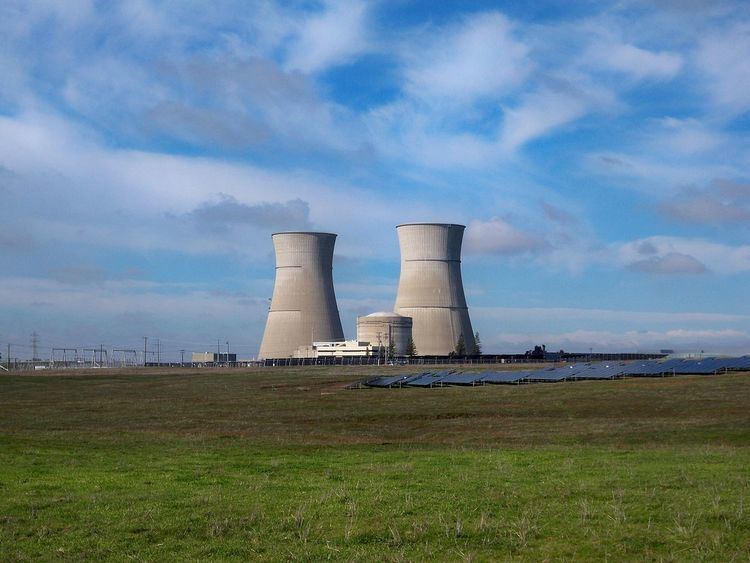Country United States Status Decommissioned Reactor supplier Babcock & Wilcox Decommission date 2009 | Operator(s) SMUD 1974-present Phone +1 916-534-2171 | |
 | ||
Address Twin Cities Rd, Herald, CA 95638, USA Similar Yankee Rowe Nuclear P, Connecticut Yankee Nuclear P, Humboldt Bay Nuclear P, Big Rock Point Nuclear P, Fort St Vrain Generatin | ||
The Rancho Seco Nuclear Generating Station is a decommissioned nuclear power plant built by the Sacramento Municipal Utility District (SMUD) in Herald, California.
History
In 1966, SMUD purchased 2,100 acres (850 ha) in southeast Sacramento County for a nuclear power plant, which was built in Herald, 25 miles (40 km) south-east of downtown Sacramento.
In the early 1970s, a small pond was expanded to a 160-acre (65 ha) lake to serve as an emergency backup water supply for the station. The lake has always received its water from the Folsom South Canal and has no relationship with the power plant's daily water supply. Surrounding the lake is 400 acres (160 ha) of recreational area originally operated by the County of Sacramento for day-use activities.
The 2,772 MWt Babcock & Wilcox pressurized water reactor (913 MWe) achieved initial criticality on 16 September 1974 and entered commercial operation on 17 April 1975.
On 20 March 1978 a failure of power supply for the plant's non-nuclear instrumentation system led to steam generator dryout. (ref NRC LER 312/78-001). In an ongoing study of "precursors" that could lead to a nuclear disaster if additional failures were to have occurred, in 2005 the United States Nuclear Regulatory Commission concluded that this event at Rancho Seco was the third most serious safety-related occurrence in the United States (Behind the Three Mile Island accident and the cable tray fire at Browns Ferry).
The plant operated from April 1975 to June 1989 but had a lifetime capacity average of only 39%; it was closed by public vote on 7 June 1989 after multiple referenda that resulted from a long record of multiple annual shut-downs, cost over-runs, mismanagement, multiple accidents that included radioactive steam releases, re-starts after unresolved automatic shut-downs, and regular rate increases that included a 92% increase over one 3 year span.
Operation of the recreational area was assumed by SMUD in 1992. In cooperation with the Nature Conservancy, SMUD dedicated in June 2006 the Howard Ranch Nature Trail, a seven-mile (11 km) long trail that follows riparian and marsh habitat along Rancho Seco Lake and the adjoining Howard Ranch that once belonged to the owner of the famous racehorse Seabiscuit.
All power generating equipment has been removed from the plant and the now-empty cooling towers remain a prominent part of the local landscape. Also scattered throughout the area around the plant are abandoned air raid sirens that at one time would have warned people of a radioactivity release from the station. Additions to SMUD's Rancho Seco property have included massive solar installations and, more recently, the natural gas-fired Cosumnes Power Plant, brought online in 2006.
On 23 October 2009, the Nuclear Regulatory Commission released the majority of the site for unrestricted public use, while approximately 11 acres (4.5 ha) of land including a storage building for low-level radioactive waste and a dry-cask spent fuel storage facility remain under NRC licenses. The plant cost $375 million when it was built in 1974 and it cost about $120 million (in 1974 dollars) to decommission according to the SMUD Rancho Seco Nuclear Education Center.
